
Did you know that the air conditioner is an invention that only dates back to the 1920s ?
And it was only at the end of the 20th century that air conditioning became popular in our homes.
So how did our ancestors keep their homes cool before the invention of air conditioning?
The answer here, with these 5 tricks our grandmothers used to cool their homes without using an air conditioner . Watch:
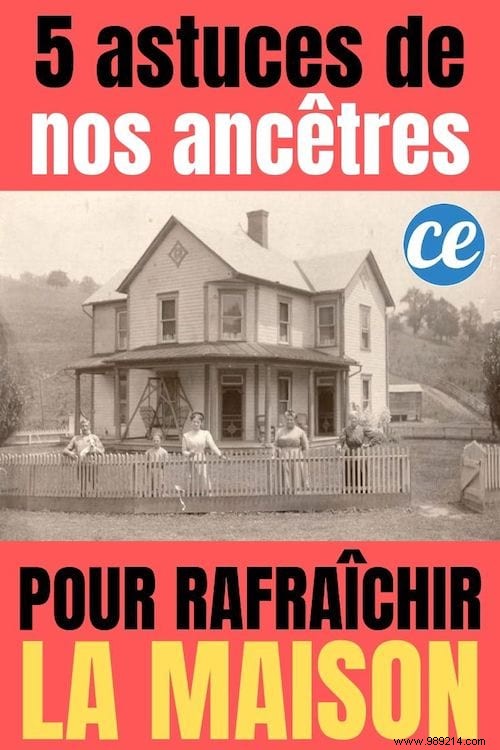
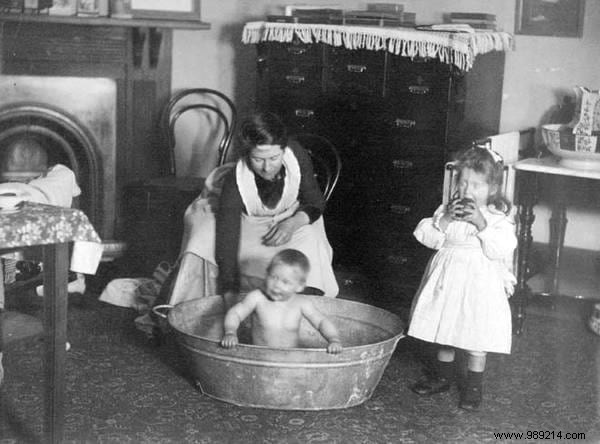
Ask your grandparents if they remember taking cold baths in a large metal basin.
Of course yes!
Cold baths help to keep the house cool, because it avoids having to heat the bath water .
In addition, the cool water from the bath also helps to cool the ambient temperature of the room where you wash yourself.
And before the invention of the refrigerator, most homes had a cooler.
Our ancestors stored large chunks of ice there to keep food cool.
They used to put their cooler in the basement.
Why in the basement? To create a pocket of cool air that naturally rises and dissipates throughout the home .

To survive periods of great heat, our ancestors created drafts by opening the windows in the basement and those on the top floor.
This technique helps create a siphon effect and allows fresh air to circulate better in the house .
And as soon as electric fans appeared on the market, our ancestors used them to increase this effect.
They placed a fan in the basement to draw in the cool air and another one upstairs to expel the hot air from the house.
To cool their house even more, some people even put a big piece of ice in front of one of the fans! Find out how here.
Some houses were also equipped with a transom, as in the photo above.
This small casement window was installed above the entrance doors and acted as a fan during periods of great heat.
To discover: 15 Tricks Used In Old Homes That Shouldn't Be Tossed Away.
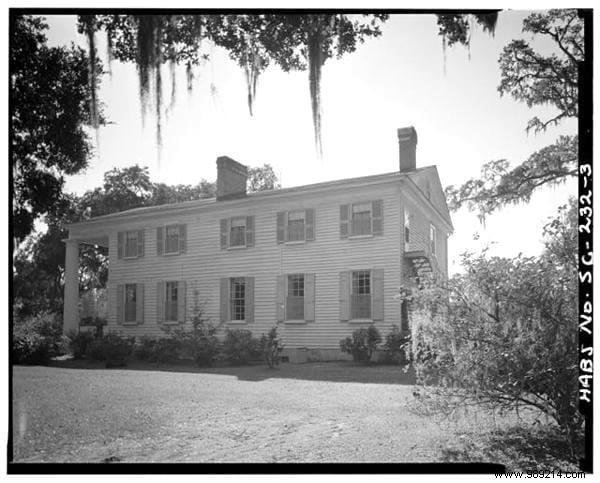
In old houses in tropical countries, the windows on the ground floor are wide and particularly high, as can be seen in the photo above from the 1940s.
These are sash windows, whose leaves slide vertically and which allow an opening on the top or on the bottom.
Thus, during the day, the upper part of the windows was opened to expel the hot air from the house .
And in the evening, as soon as the temperature dropped, we opened the lower part of the windows to bring in the refreshing air from outside .
Commonly, our ancestors also installed large curtains thick enough to fight against the heat from the outside without reducing the brightness too much.
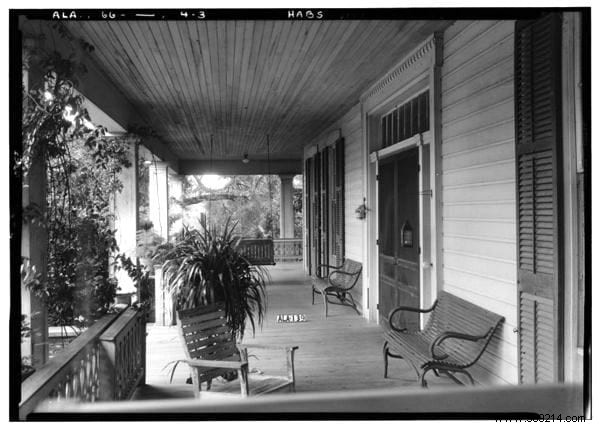
Everyone knows that verandas are perfect for resting or lounging on a rocking chair.
But they also have another use…
Indeed, the roof that covers the porches of the old houses also serves to protect the ground floor of the house from the sun and to cool the air that enters through the windows.
It is for this reason that many houses in southern countries are surrounded by a long covered veranda.
Sometimes, our ancestors also fitted out their veranda to sleep in the cool during the hottest days of summer.
Their ancestral technique for taking a good nap in the afternoon?
A simple dampened sheet slung over the wooden bench seat or rocking chair. Check out the trick here.
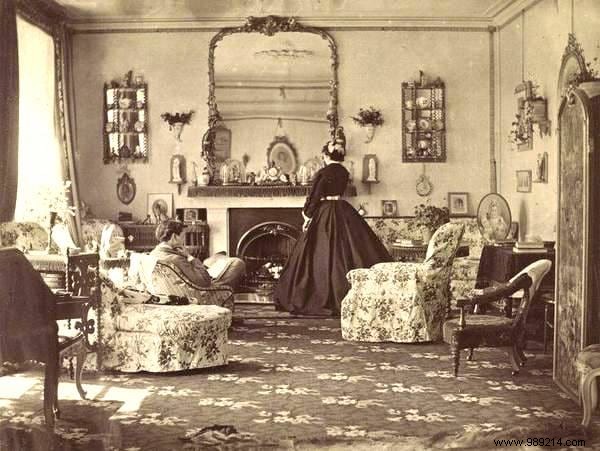
This photo from 1865 shows an upper class Victorian house.
There are very high ceilings of 3.70 m and deep window sills, which indicate particularly thick walls.
In fact, to better insulate their homes and keep them cool, wealthy families built houses with thick brick walls and high ceilings .
Thus, in many early and mid-19 th houses century, we often find walls between 30 and 60 cm thick.
This method prevents heat from entering the house during the day, and also allows some of this heat to be dissipated in the house during very cold nights.
Have you tried these ancestral grandmother techniques to refresh your home? Let us know in the comments if it worked. We can't wait to read you!